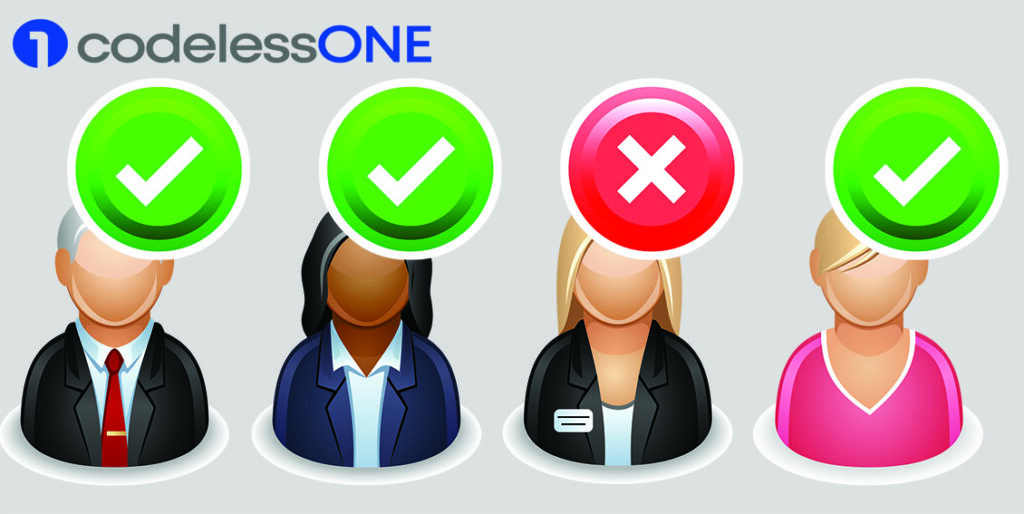Streamlining Project Management with Custom Roles in Codeless ONE

The ability to create different roles with varying access rights within Codeless ONE significantly streamlines project management by aligning access and responsibilities with each team member’s specific role. This feature, known as role-based access control (RBAC), allows organizations to assign precise permissions based on the user’s job function. For instance, administrators are granted full control over the application, enabling them to manage every aspect of the project, from configuration to monitoring progress. Contributors, on the other hand, are given access to specific sections of the application where they can input data, make updates, or collaborate on specific tasks. Observers may have view-only access, allowing them to track the project’s status without being able to make any changes, ensuring that the workflow remains intact and error-free.
This approach enhances overall efficiency by minimizing unnecessary access to areas outside of a user’s scope, ensuring that team members focus on their specific tasks. It also reduces confusion, as team members are not overwhelmed by functionalities or information that is irrelevant to their role. Additionally, this controlled access improves security by limiting the risk of unauthorized changes or breaches. Sensitive data and critical functionalities are only accessible to those who require it, preventing accidental or malicious alterations.
The clear separation of roles and permissions ensures smooth collaboration among team members. Each person understands their responsibilities and limitations, fostering accountability. For example, contributors are responsible for delivering updates, while administrators oversee progress and decision-making. This structure makes decision-making more focused, as individuals with the appropriate access can take actions quickly without delays or disruptions caused by seeking permission.
By ensuring that everyone operates within clearly defined boundaries, this feature of role-based access contributes to a more organized, transparent, and productive project management process. It allows teams to work more cohesively, ensures that project goals are met efficiently, and reduces the likelihood of errors or bottlenecks, ultimately resulting in successful project execution.